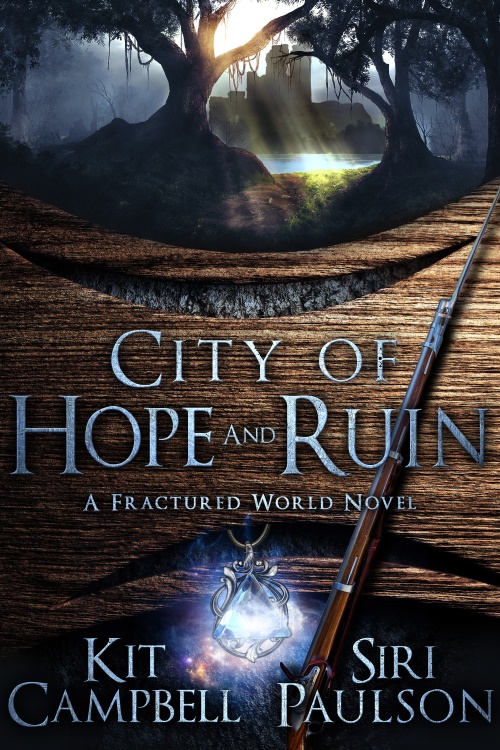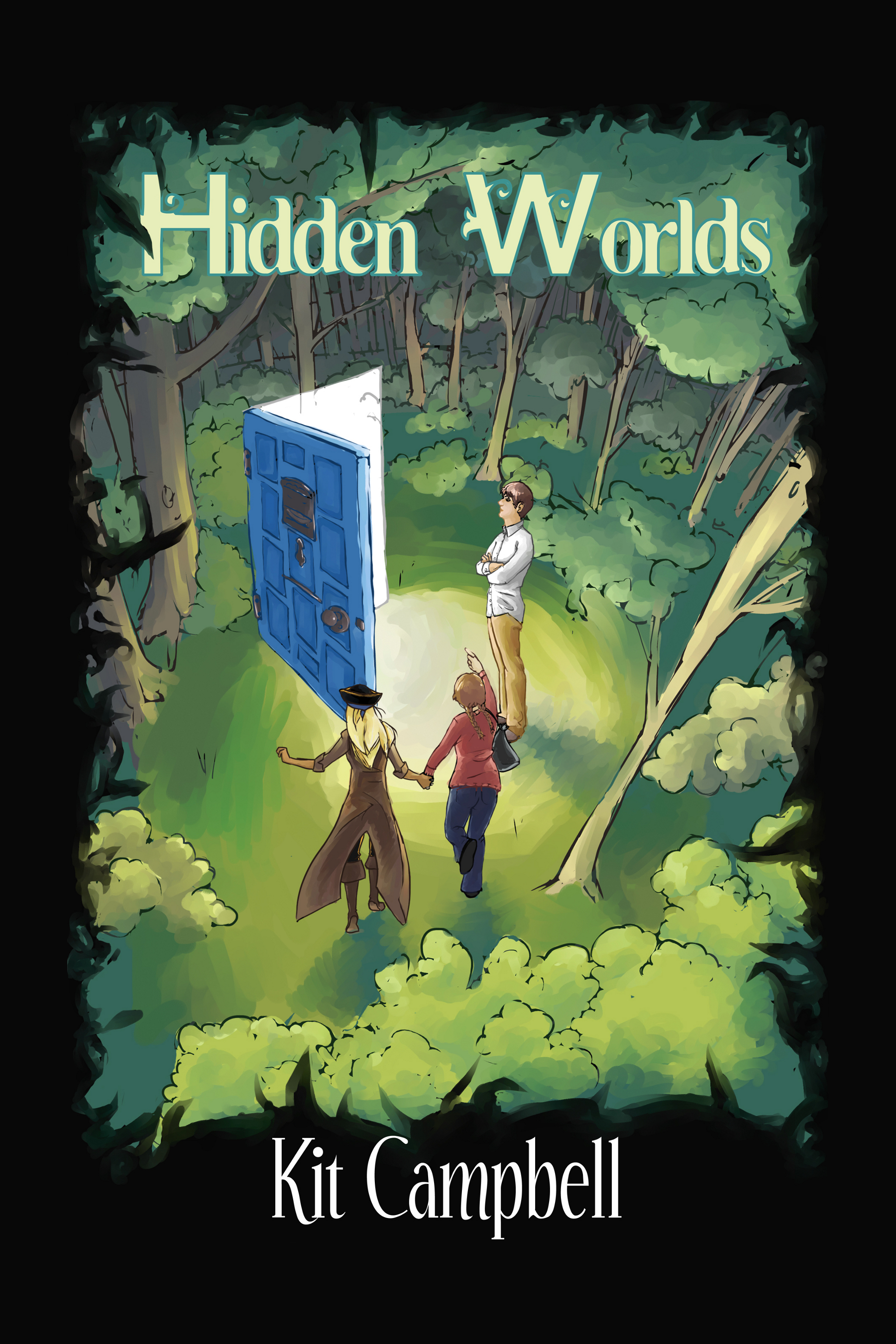So, for some reason that currently escapes me, I was re-reading the very start of this blog (from five years ago–yikes!) and one of my very first posts was about my editing process. (You can see that post here.) And it was interesting to see, because in the five years since, my process has almost completely changed.
To summarize my original post, at the time I wrote a first draft, sent it out to betas, and the created a bound Master copy, which I would put all the reader comments into. I would then go through the Master copy myself and makes notes, then do a chapter by chapter edit. Then the process would repeat itself until the story was done.
At the time I wrote that original post, I’d done two edits: one directly following this method (and judging by the pictures, the story I used for the post), a YA fantasy that I’ve not touched in years and probably needs close to a full rewrite at this point; and a complete rewrite of the first book in my high fantasy trilogy (that I am still working on).
It was a good starting method, but it doesn’t deal very well with the overall picture, which eventually became apparent over the years.
So! Five years later, what do I do now?
Well, the first steps are the same. I write a book. I send it out to beta readers. I create a Master copy. (The Master copy is great because it keeps all the comments, both mine and my betas’, in one place, nicely bound together so chapters in the middle can’t wander off.)
And the end steps are the same. I still do the chapter-by-chapter edit. I still get people to read it again (or for the first time).
What’s changed is what goes between the two halves. I’ve been using a modified version of Holly Lisle’s How to Revise Your Novel process. (I would link, but she’s in the process of switching websites.) I highly recommend the course if you’ve been having editing issues, or if you’re having to go through a ton of drafts to get a finished product. Basically, this process has you look at the aspects of your book–characters, conflicts, plot arcs, settings, etc.–making sure you know what your goals are and what needs to be done from a big picture point of view to get there.
Thus armed with this information, you’re more informed going into your edit, and it’s easier to make the changes necessary to get the story you want out of it.
I’ve found it works for me. It may not work for everybody. It doesn’t really deal with structure, so if you’re someone who edits or outlines using turning points, it may not work as well for you. I’ve started putting those in my writing outlines, so I haven’t run into issues with that as of yet.
What’s your editing process, Squiders? How has it changed over time?
In other news, I have a new short story available for free over at Turtleduck Press! Give it a look! It’s a creation myth with a bit of a twist. I’ll send out an email to my mailing list in a few days explaining its origin, if such things interest you.



